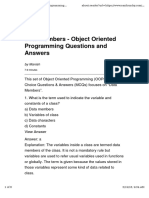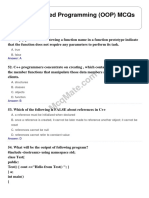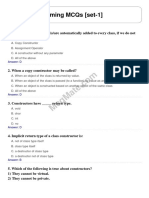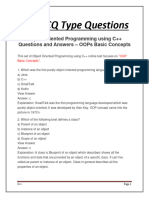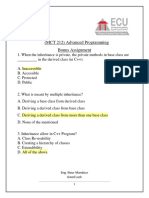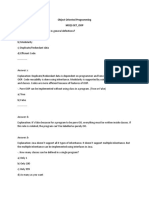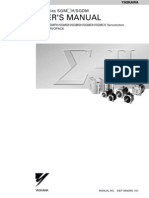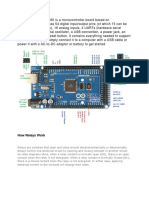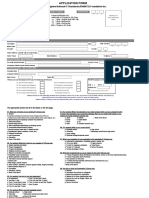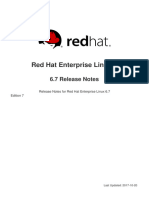0% found this document useful (0 votes)
23 views5 pagesMore Mcqs Object Oriented Programming (Set 1)
The document contains a series of multiple-choice questions related to Object Oriented Programming (OOP) concepts, including constructors, classes, access modifiers, and data types in C++. It covers topics such as the instantiation of abstract classes, the behavior of destructors, and the characteristics of member functions. The answers to each question are provided, indicating the correct options for understanding OOP principles.
Uploaded by
mmaimsalim95Copyright
© © All Rights Reserved
We take content rights seriously. If you suspect this is your content, claim it here.
Available Formats
Download as PDF, TXT or read online on Scribd
0% found this document useful (0 votes)
23 views5 pagesMore Mcqs Object Oriented Programming (Set 1)
The document contains a series of multiple-choice questions related to Object Oriented Programming (OOP) concepts, including constructors, classes, access modifiers, and data types in C++. It covers topics such as the instantiation of abstract classes, the behavior of destructors, and the characteristics of member functions. The answers to each question are provided, indicating the correct options for understanding OOP principles.
Uploaded by
mmaimsalim95Copyright
© © All Rights Reserved
We take content rights seriously. If you suspect this is your content, claim it here.
Available Formats
Download as PDF, TXT or read online on Scribd
/ 5


